Become a Cockroach and Build and Sell Large and Expensive Items
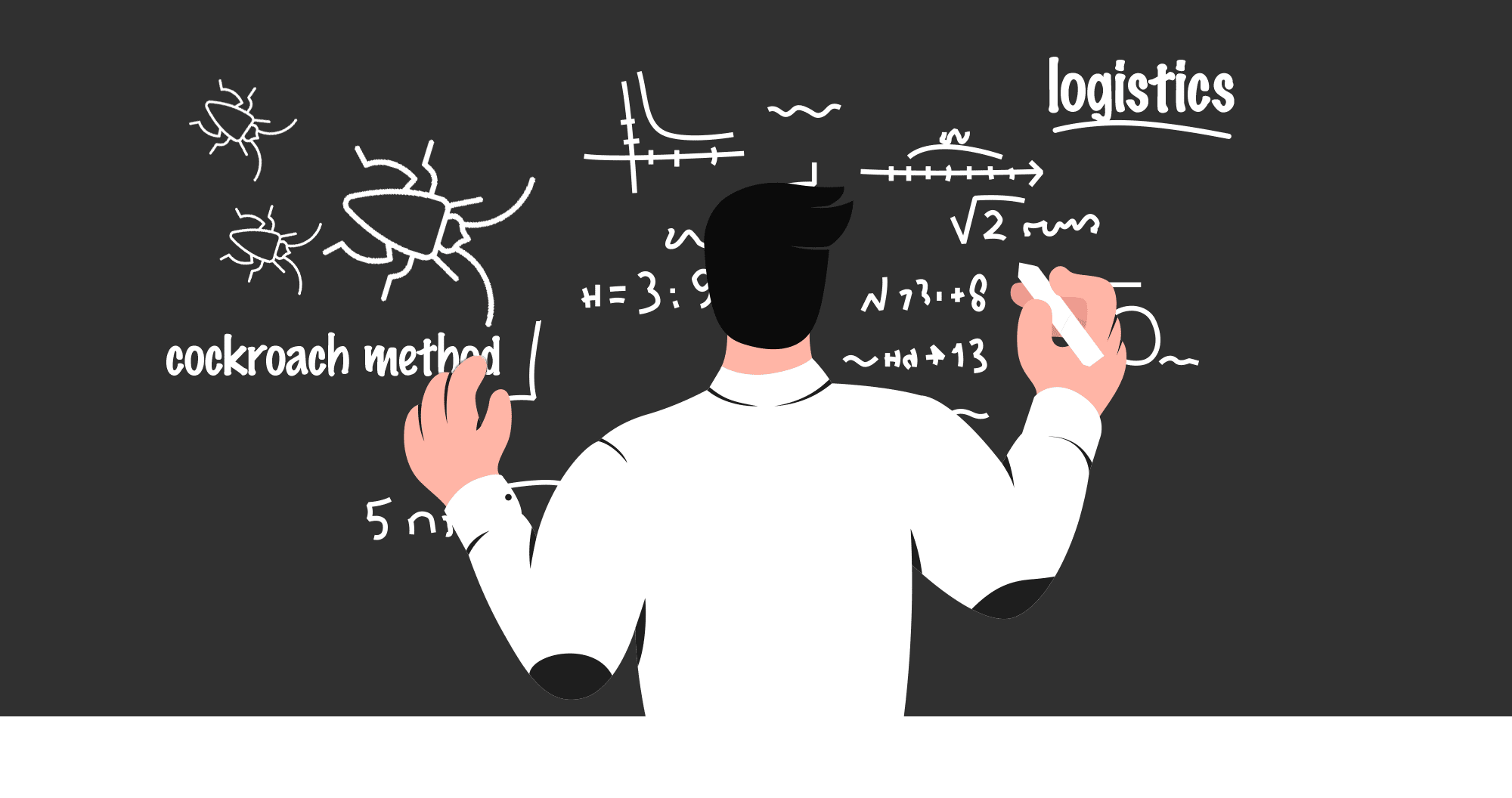
This article contains affiliate links that will allow us to earn commissions without any extra cost to you. Read our full disclosure here.
In this post, I am going to detail how I reliably launch products with minimal risk. I've used this exact strategy now to build several multi-million dollar brands over my e-commerce career selling BIG and expensive items. And I mean big – like boat anchor big.
It's not a sexy strategy that involves selling billions of dollars of keratin supplements every month, but it's a reliable strategy that has a much higher success rate than other strategies that sellers pursue.
So if you've tried launching products before and failed or you're a seasoned seller just looking for different opportunities, hear this strategy out.
My Cockroach Launch Thesis
This is likely the most unsexy, unglamorous Amazon product strategy you will find. It focuses on consolidating freight, working tirelessly to trim an inch off a box, and low-volume products where selling five units a day is huge.
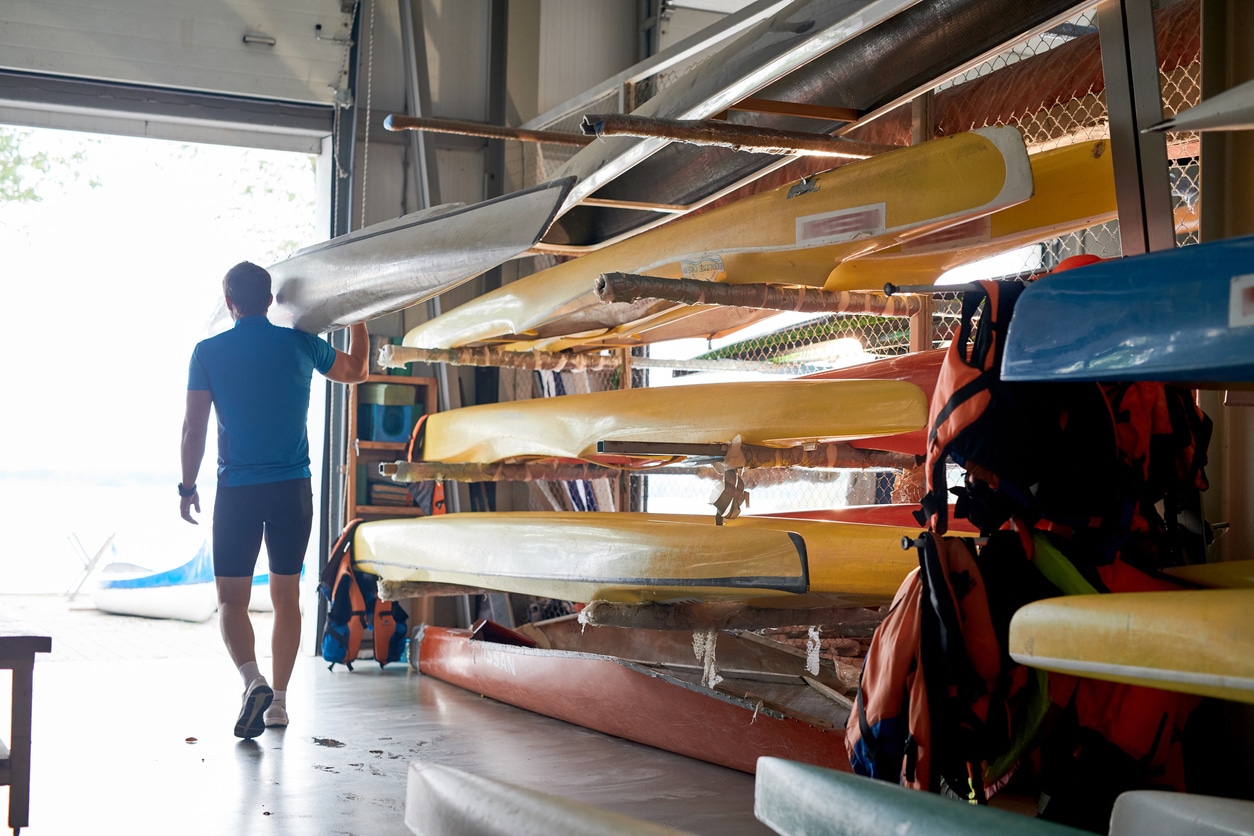
It's a low-margin strategy where you're happy to add a couple of percentage points to your net margin. It doesn't focus on Many Chat flows and SFB campaigns or crazy product giveaways. But this strategy has worked for me for nearly ten years, across several brands, across brand exits, and brand startups. And it's a reliable formula that results in a 90%+ success rate for my products. I talked recently during our May 2022 Brand Report about using this strategy for launching a new product that sold out within a couple of days.
Here are the key points of this strategy:
- Focus on oversize products. High price points often mean larger products. You win by having super efficient logistics (more on this shortly). You get MASSIVE wins when you can turn an oversized product into a standard size product.
- Focus on high-price-point items. Almost always $50+ and often $100+. The competition is lower here and advertising costs will almost universally be lower at these price points.
- Focus on low-volume products. These are typically items where the main search volume is <2000 searches a month (and often <1000).
- Focus on super-efficient logistics. Shipping for oversize products is disproportionate to the costs. Because you will have low volume, it is CRITICAL you have as efficient logistics as possible. In fact, my strategy is less of a product or marketing strategy and more of a logistics strategy. What does this mean? Suppliers must be strategically located close to one another to consolidate shipping; Shipments need to be divided between standard size/oversize to result in as few Amazon FCs as possible.
My Experience Working at an Amazon FBA Oversize Warehouse
My real epiphany for systematizing this strategy came after I sold my previous brand and went to go work at an Amazon FBA Oversize warehouse for 3 days.
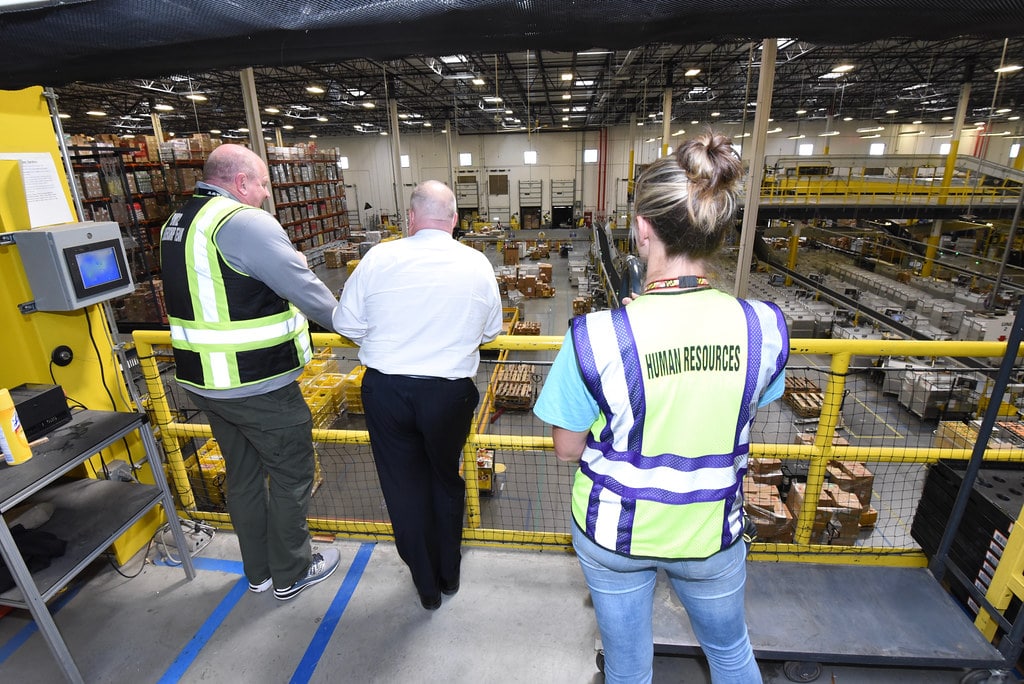
While working at the FBA warehouse, I got to see every product that sellers send to Amazon. I've seen sellers sending into Amazon full-sized kayaks, six-foot-tall Michelangelo statues, 300-pound stone birdbaths, and more obscenely sized items. And Amazon was VERY good at handling these items.
Most third-party warehouses struggle massively to handle these large items (shipping delays, surcharges, etc.) but Amazon handles these items with ease. Moreover, while trying to ship an oversized item with your own UPS or FedEx account is EXPENSIVE, for Amazon it is CHEAP.
Here's an example. This bike on Amazon has a little over $47 in FBA fees.
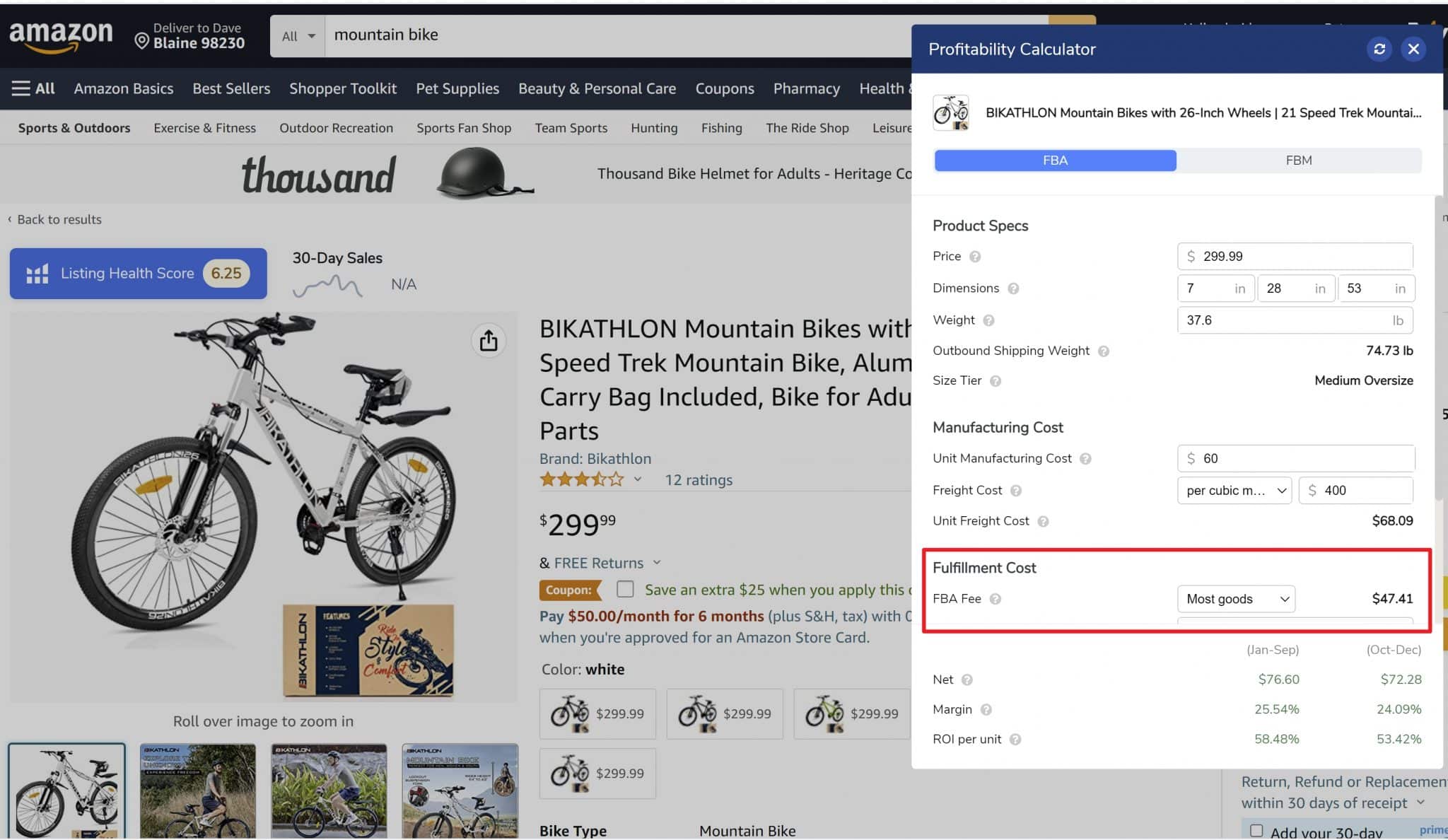
You know how much the cost to ship this Bike with FedEx are? Just over $155 from California to New York.
Now yes, maybe you can get a slightly lower negotiated FedEx rate and maybe you have a slightly more central 3PL location, but there are likely very few sellers who would be able to manage to ship a bike of this size for less than even $100 after shipping fees and pick & pack fees.
The difference between that $155 cost for most non-Amazon ecommerce sellers to ship an oversize item and the $47 for Amazon to ship it is your opportunity.
This Strategy Is All About Logistics
This Cockroach Approach is all about logistics and optimizing your freight costs. In economics, this is what you call cost leadership.
There are no cost savings on the product side. Not because you can't compete with Chinese sellers but simply because everyone is paying the same product costs nowadays.
Where you make your margin is on shipping.
This isn't a new strategy. Ikea's entire business model is built around packing bulky furniture in as small of packages as possible to maximize store real estate usage and reduce sea/overland freight costs.

Here's how you save on shipping:
- Look for items that are barely oversize. This means items that are barely oversized. Normally, this means items that are barely over the 18″ longest size requirement or just over 20 lbs. Now aggressively work with suppliers to get the dimensions into a standard size box. Here's an example of two cases (calculated using the free EcomCrew FBA fee calculator):
Product A: 19″x14″x8″ (Oversize), FBA Fees: $13.96
Product B: 18″x14″x8″ (Standard Size), FBA Fees: $9.98
On a $100 item that adds 4% to your net margin, which in ecommerce is HUGE. - Oversize items are OK. There's no possible way that you can fit a kayak into a standard size box? No problem. Oversize items are fine and there's still lots of opportunity for freight savings (see below).
- Consolidate Shipping: You're ordering a lot of low volume, high price point items. For many of our products, 50 pieces is a BIG order (especially when the cost is $200 a piece). This means you need to either consolidate lots of items into one container. And on that note, you NEED to use container shipping. Absolutely no air shipping and avoid LCL at all costs. Here's an example of a quote I got: $1640 for 75 products, 4.3CBM going from China to Phoenix, Arizona. This is roughly $21 per item.
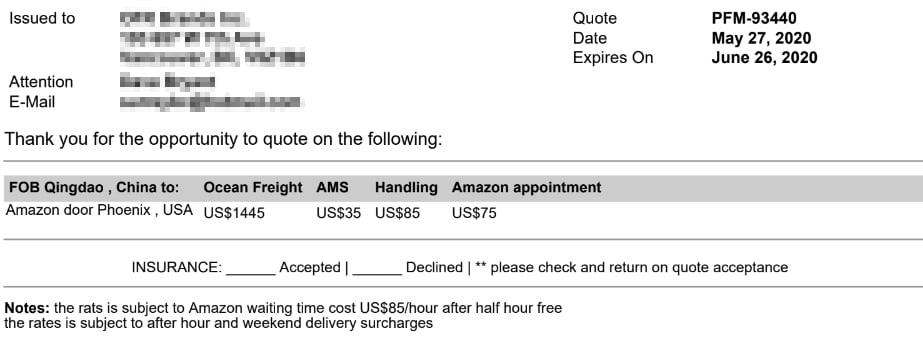 For a 20′ container (which is roughly 28CBM, or 6x larger), the price is around $3500 or $3.50. You need to do two things to consolidate these low-volume products: you need to be using batch product development. This means developing 3 to 5 products at a time with one supplier (shameless plug for our Build a 7 Figure Brand Course where I detail this to great extent) and source your products all within the same geographic location within China (this roughly means all suppliers must come from either Northern China, Middle China, or Southern China).
For a 20′ container (which is roughly 28CBM, or 6x larger), the price is around $3500 or $3.50. You need to do two things to consolidate these low-volume products: you need to be using batch product development. This means developing 3 to 5 products at a time with one supplier (shameless plug for our Build a 7 Figure Brand Course where I detail this to great extent) and source your products all within the same geographic location within China (this roughly means all suppliers must come from either Northern China, Middle China, or Southern China). - Avoid Using 3PLs and Ship Everything Direct to Amazon: You need to avoid 3PLs at all costs. They steal your margin. They charge container de-stuffing fees and pick and pack fees. On top of this, they'll lose and damage your inventory. You avoid 3PLs by shipping directly to Amazon. This means you can never ever mix standard size and oversize items. If you're shipping a lot of oversized items, you should also use Amazon Global Logistics because they allow you to ship oversized items direct to one Amazon FC (one more shameless plug for EcomCrew Premium where we show how to get enrolled in AGL and use it effectively).
Amazon Introduces Extra-Large Storage Type
In April 2022, Amazon announced a new storage type: extra-large. These are products whose longest side is at least 96 inches. Items in the extra-large category are bigger than those classified as oversize, and these two go through different fulfillment networks.
If you use the Cockroach method, your product may fall into this category. Since the FBA quantity limits for extra-large and oversize items are determined separately, you can sell in both categories and take advantage of the difference since Amazon now adopts storage type level restock limits.
Other Success Factors:
At its heart, this strategy is about shipping and logistics but there are some other things that compound your probability of success:
- Low volume and high-price-point products. Almost all of my products have a main keyword search volume of under 2000 searches per month on Amazon.com (or sub 25,000-100,000 keyword rank according to Brand Analytics). But the competition is FAR lower at this volume. A good product will do around $5000-$10,000 in this range. I'd rather have all of a grapefruit to myself than just a bite of the watermelon.
- Amazon grows at 17% per year and an OK item today will become a great item later. A product with 2000 keyword searches today will have 2340 searches next year, 2737 searches the following year, and 3203 searches the next year OR, given that all other things are equal, a $10,000/month product today will be a $16,000/month product three years from now.
- Focus on Other Marketplaces like Canada and Europe. Competition is far lower on the other marketplaces because logistics are hard (if you can barely fill a container to America, how do you fill one going to the UK with a population 1/5 of America?). Strategically plan your shipments every quarter to these marketplaces and consolidate all of your products to make it worthwhile.
- The sexy still matters. Great photography and videography is no longer optional – it's the minimum buy-in for Amazon today. Crappy PPC management will sink any product. Off-Amazon marketing, email lists, influencers, and product giveaways can increase your chances of success.
How I Sold My Business Using the Cockroach Model
Can you sell an Amazon brand using the cockroach business model? Absolutely.
I sold my previous company selling boat anchors in 2016 for just under $1million.
In fact, it can be an attractive business model for some buyers. The buyer of my company was the former CEO of a Fortune 500 company running it as a retirement gig. His specialty? Logistics and operations.
What Are the Downsides of the Cockroach Strategy?
So what are some potential downsides to this strategy? Let's take a look:
- Logistics are difficult. As mentioned, logistics are the hardest part of this strategy. This is also the opportunity.
- Creating a 5-Star Experience is harder. We all know reviews are what leads to success on Amazon. The tricks we use for smaller products, such as great packaging and amazing photography, are harder to execute for larger products as big products are difficult to develop packaging for and also more difficult to do photography for.
- There tends to be a high degree of seasonality. There's a high correlation between oversized items and being seasonal. Think of some classic oversized products: patio furniture, hot tubs, kayaks, and, of course, boat anchors. Not all oversized products are oversized, but a higher proportion of them are and that brings with it all the inherent challenges of seasonal products.
- Less sexy products. Everyone wants to sell yoga balls and board games – inherently fun, simple, and easy to understand products. Selling boat anchors and ATV snow shovels aren't nearly as sexy, but again – that's the opportunity.
- Handling the inventory is a pain. No matter how much you outsource logistics, there will always come a time when you need to handle your inventory. Whether it's for a photoshoot or because you suddenly need to store a bunch of items in your garage. Dealing with boat anchors as opposed to coloring books is much harder!
Conclusion
Hopefully, this gives you a good summary of the cockroach approach to finding and developing products. It's a strategy I've instinctually used for nearly 10 years but I didn't formally systematize it until after working at an Amazon FBA warehouse in late 2016.
There are more glamorous ways to make money on Amazon but I've yet to find a method that is as reliable. It's not guaranteed by any means but the probability of success is far higher than trying to launch another protein powder.
If you're interested in getting step-by-step instructions for utilizing the cockroach method, check out EcomCrew Premium where there is an entire course dedicated to brand development and using the Cockroach Method.
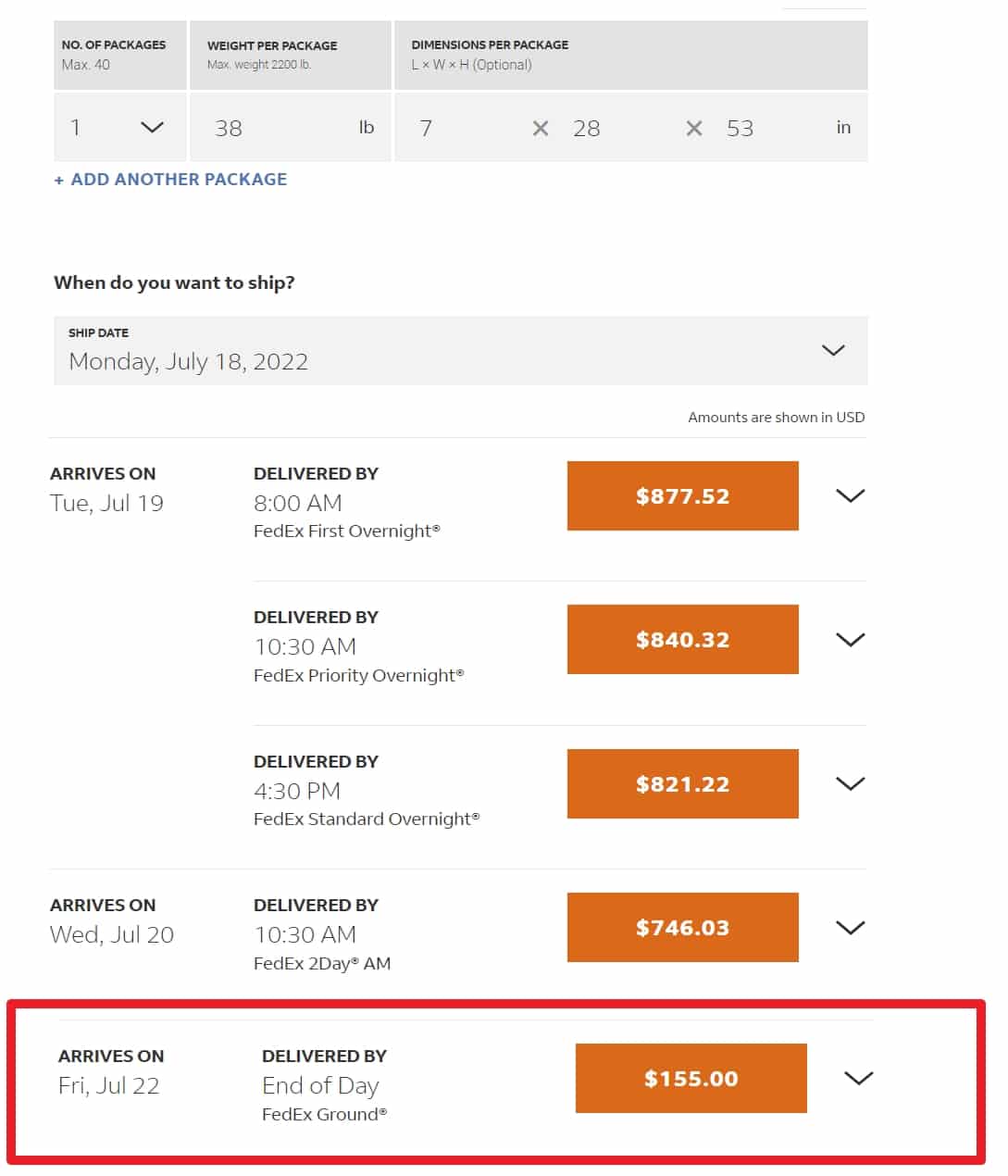




1) The most important thing is to increase the likelihood both Amazon and a returns processor (i.e. a 3PL who will handle your items) knows the items are new and unused.
Q: Is there anyway that Amazon repacks the unfillable inventory. Because as far as i know, i have to create removal order for them. 3 PL’s dont want to deal with returns, unless you are using them for fullfilment purposes instead of fba.
If they deem the returns to be in new and resellable condition they’ll add it back to stock. Otherwise no, you need to have it returned to you and refurbished..
Hi Mike&Dave,
I’ve been following your work for a time now. The info given on emails is realy valuable, and greatly appreciated.
The cockroach strategy on heavy&bulky items, is what i already been using, actually surprised to see as a suggestion where everybody is doing the contrary.
I am planning on subscribing as a monthly user in the future, when i have the time to make most of the sessions.
I have a question for you, how do you handle the returns processing, i am not living in us, and order removals are most of the time, undamaged goods, just open packs returned.
I have a really rough time in finding a return processor.
Any suggestions?
Thank you in advance,
Wish all the best,
Murat
The most important thing is to increase the likelihood both Amazon and a returns processor (i.e. a 3PL who will handle your items) knows the items are new and unused. Shrinkwrap works well as well as tamper proof stickers which need to be removed/cut to open the box. Do the math though – a 3PL will charge $2-6 per item just to put unused items back into stock; refurbishing items will likely be closer to $5-10+ per unit, if you can provide a clear SOP for them to handle. Unfortunately, often it’s better to liquidate/dispose in those cases.
Hey Dave,
Which course in EcomCrew Premium addresses this approach specifically? I own a logistics company, my wife is a photographer, and I even ran a Klayvio email marketing agency for about 6 months before I got bored with it. I think this might be a good fit for me :)
It’s in Module 4 of the Build a 7 Figure Brand course (which is included with an EcomCrew Premium membership)